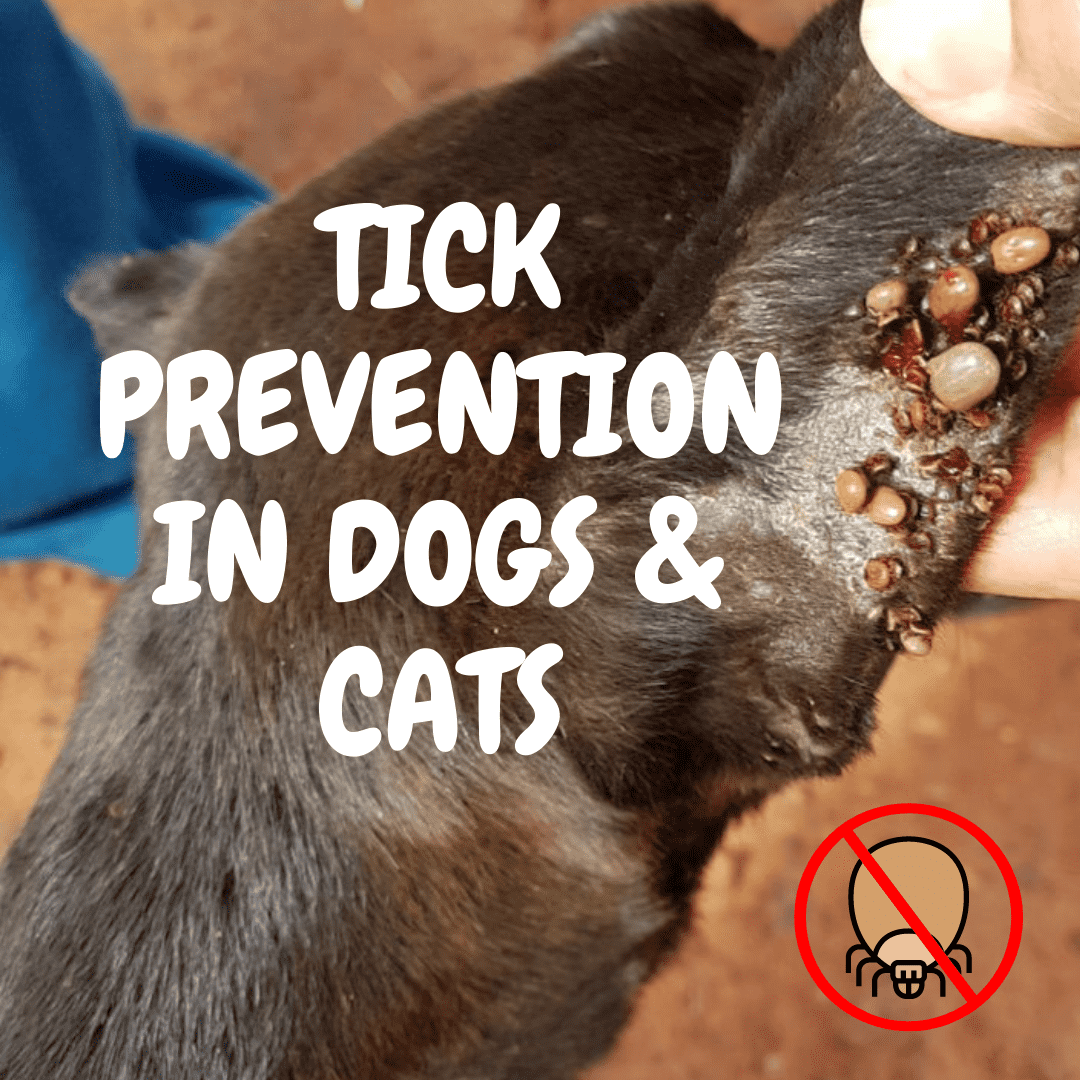
Image Caption:
Brown dog ticks like these ones can cause big problems for dogs.
What are ticks?
Ticks are external parasites that feed on the blood of animals (and occasionally humans). In the Top End and central Australia, dogs and cats usually get Brown Dog Ticks. These ticks cause skin irritation and can be in large enough numbers to make the animal anaemic. They can also transmit bacteria that are the cause of various tick-borne diseases (see below).
Along the east coast of Australia, animals might also be affected by Paralysis Ticks. When they bite an animal,
Paralysis Ticks inject a toxin contained in their saliva, into the blood of the animal. This toxin can cause weakness, paralysis and ultimately death if the animal does not receive veterinary treatment.
What are tick-borne diseases?
Tick-borne diseases – sometime called tick sicknesses – are diseases that are caused by bacteria or viruses, that are spread between animals by a tick. Ehrlichiosis, Anaplasmosis and Babesiosis are all tick-borne diseases that are a serious risk for dogs, and are transmitted by the Brown Dog Tick.
Ehrlichiosis is a disease caused by the bacteria Ehrlichia canis, and transmitted by the Brown Dog Tick. This is a new and serious disease for Australia, with the first detections only occuring in May 2020. For more information about Ehrlichiosis, including signs and diagnosis:
https://www.agric.wa.gov.au/ehrlichiosis
https://nt.gov.au/ehrlichiosis
Like Ehrlichiosis, Babesiosis and Anaplasmosis are bacterial diseases that are spread by the Brown Dog Tick. These diseases are not new, and generally are less severe than Ehrlichiosis, however may still cause serious illness, especially if a dog is immuno-compromised.
To learn more about how tick-borne diseases are transmitted, as well as their signs and treatment, please view AMRRIC’s tick-borne disease animation.
What can I do to prevent my animals getting ticks?
- Use regular and effective tick control products – see below for more information.
- Ticks like long grass so make sure you keep the grass around your house short.
- If you have lots of ticks in and around your house, consider getting the house sprayed by a licensed pest control technician.
- Check your animals daily for ticks: Run your hands over their skin, feeling for any bumps. Clipping the coat of long haired animals over the tick season can help you to find ticks. Gordon Vet Hospital has a great instructional video on performing a tick search on your pet: http://bit.ly/2tiHxDR
Tick Control Products
There are a wide variety of effective tick control products available from stores or online, each with varying application methods and duration. All of the products below control ticks, but most also control other parasites as well. For more information on the coverage of these products, have a look at our medicines overview tables at the end of this chapter in AMRRIC’s online resource “Delivering Animal Health & Management Programs in Remote Indigenous Communities”. Please note that some of these products protect against tick-borne disease better than others – see below for more information.
As with any medicine, it is vital to follow the instructions on the packet of any of these products, and seek advice from your vet if your pet has other health concerns. Please be aware that some dog antiparasitic products can be toxic to cats. And remember that even though these products are excellent, no product is guaranteed to be 100% effective at preventing ticks. Environmental control of ticks, and performing regular tick searches are still important even if your animal is on regular tick control.
For Dogs:
Oral chews:
- Nexgard® or Nexgard® Spectra
- Simparica® or Simparica® Trio
- Bravecto®
- Credelio™ or Credelio™ Plus
Spot ons:
- Bravecto®
- Advantix®
- Frontline Plus
Tick collars:
- Seresto®
- Killtix®
- Preventic
For cats:
Spot ons:
- Bravecto® or Bravecto® Plus
- Frontline Plus
Tick-borne disease prevention
There are many tick control products available for dogs, however, while most are very effective at killing ticks, not all are fast enough to stop the transmission of the various bacteria that cause tick-borne diseases.
Products that repel and kill ticks on contact are recommended for protecting individual dogs against tick-borne diseases. Unfortunately, these ‘repel and kill’ products – either collars or spot ons – are difficult to administer at a community-wide scale. Chewable products are easier to administer at community-wide scale but require a tick to attach and feed on a dog’s blood for the medicine to take effect and kill the tick. During the tick attachment period, the bacteria which cause tick-borne disease can still transmit from the tick to the dog, and so, chewable products may not be 100% protective against tick-borne diseases. Despite this, if administered at community-wide scale, chewable products are very effective at reducing overall tick numbers and are therefore still useful in reducing the risk of dogs contracting tick-borne diseases.
| Repel and kill products recommended for preventing tick-borne disease (e.g. Ehrlichiosis) in individual animals |
|
Seresto® tick collar Killtix® tick collar Advantix® Spot-on treatment |
|
Chewable products recommended for community-wide tick and tick-borne disease risk reduction |
|
Nexgard® Bravecto® Simparica® Credelio™ |
Ask your local vet for more information about ticks in your area, or for more information, contact AMRRIC: info@amrric.org or (08) 8948 1768